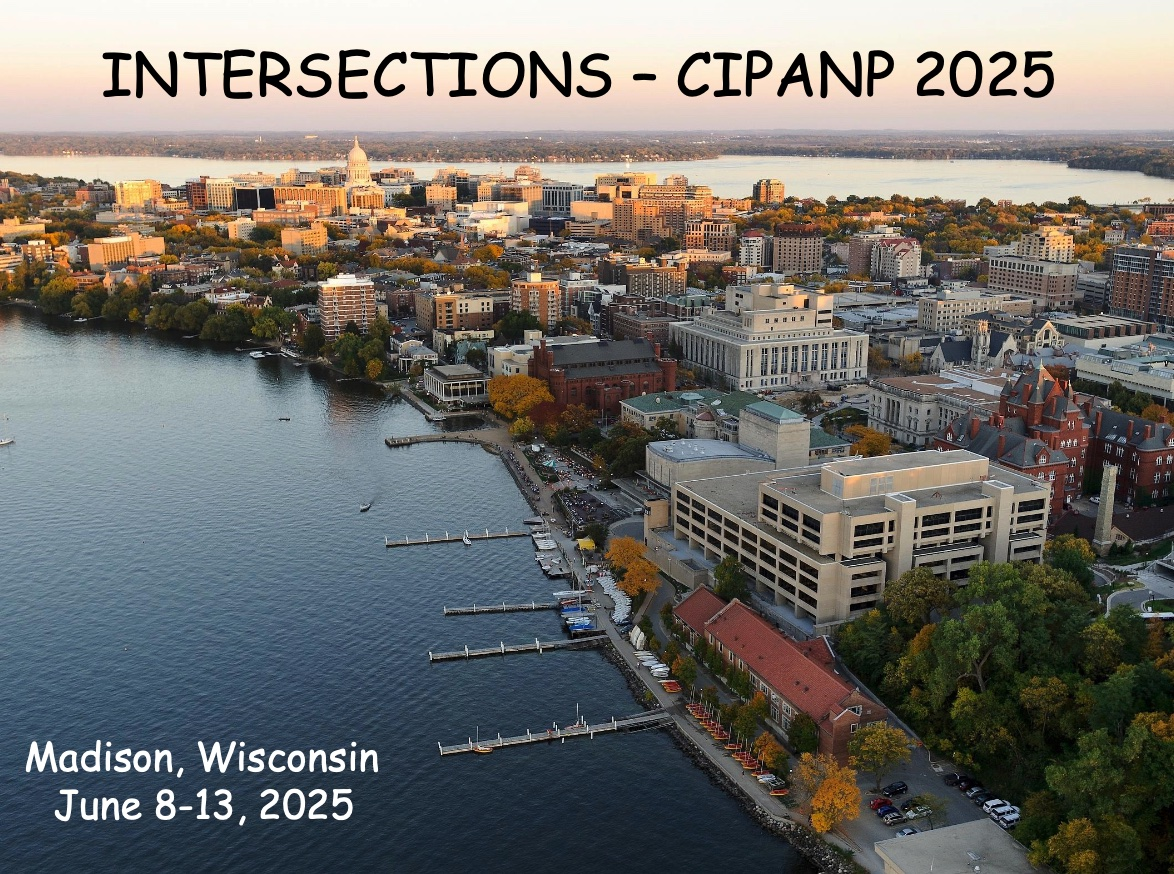Speaker
Description
Femtoscopy—using quantum correlations between particles to study the space-time structure of heavy-ion collisions—remains one of the most sensitive tools for understanding the dynamics of the quark-gluon plasma. Even after years of careful measurements, traditional femtoscopy with pions and kaons continues to reveal unexpected features: subtle distortions caused by residual Coulomb effects and, possibly, isospin effects, and signals that offer insight into the freeze-out geometry and collective expansion of the system.
But femtoscopy is more than a method for measuring source sizes. It has become a way to explore the strong interaction in detail, including baryon-baryon correlations that may shed light on rare and exotic configurations—like strange dibaryons. These studies, which probe hyperon–nucleon and hyperon–hyperon interactions, are not only important for understanding QCD in the non-perturbative regime but may also have implications for the structure of neutron stars and dense matter.
Recent efforts have also turned to the geometry of the emitting source itself. A growing body of work shows that the source tilted in non-central collisions—a reflection of the initial geometry and a possible window into early-time dynamics, directed flow, and the angular momentum of the system.
And even in well-trodden territory, there’s more to learn. Measurements using Lévy-stable distributions have reopened questions about the shape of the emission source and whether non-Gaussian behavior might be connected to deeper physical phenomena, possibly even near-critical behavior.
Together, these studies reflect both how much has been learned—and how much remains unknown—about the smallest and most short-lived systems ever created in a laboratory.

